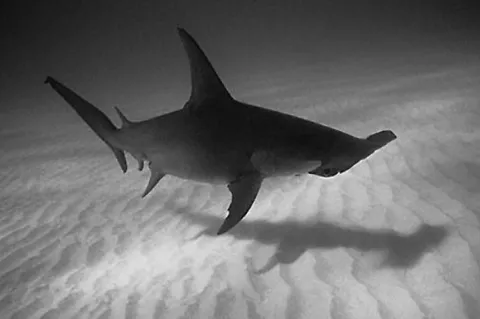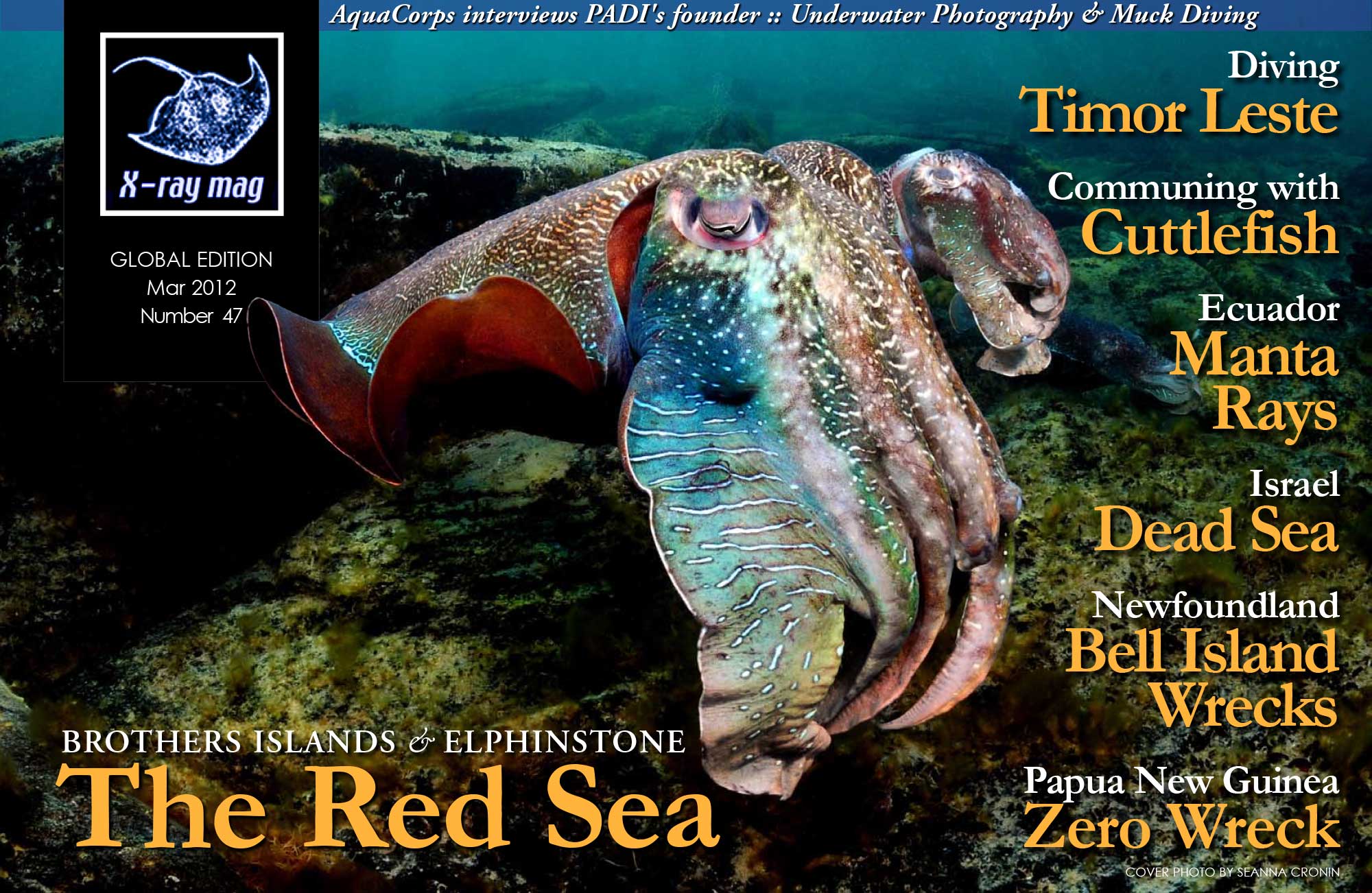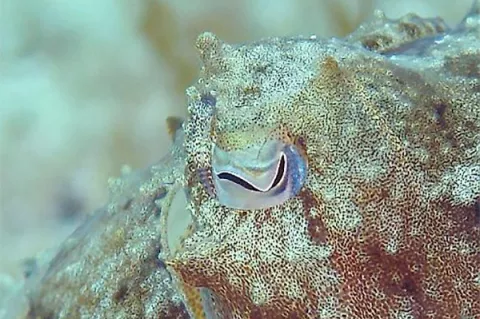New species of Hammerhead shark confirmed
Announcements in June, 2006 reported the discovery of a possible new species of hammerhead off the US eastern seaboard.
Nearly seven years ago, scientists from Nova Southeastern University Oceanographic Center sampling sharks caught on charter boats off Fort Lauderdale and South Carolina stumbled on a startling discovery: some of the sharks that looked like scalloped hammerheads were actually a different, unidentified species.
- Read more about New species of Hammerhead shark confirmed
- Log in to post comments





